Until recently, buying a used electric car was a bit of a leap into the unknown. Viewed as rare and technically complex, these zero-emissions-at-the-tailpipe machines were treated with scepticism by traditional second-hand buyers more interested in bargains than batteries.
Yet with manufacturers adding ever more EVs to their line-ups over the past few years, the choice of used examples is increasing all the time. On top of that, a growing awareness of the need for zero-emissions motoring is really starting to cut through, making a second-hand electric car more desirable than ever.
So what do you need to know? Read on as we reveal all the top tips you’ll need to bag a top used BEV.
Types of electric cars
First up you need to decide exactly what sort of electric car you want or need, because currently there are quite a few to choose from.
Most obviously there are BEVs (battery-electric vehicles), which are the ones that usually come to mind when thinking of electric cars. Using a large battery pack to power an electric motor or motors, these machines run purely on electricity. As a result, ‘range anxiety’ can be an issue, with drivers sometimes worried they’ll be stranded without power. On some early BEVs this is a genuine concern, with the distance between charges in, say, an early Nissan Leaf being little more than 90 miles. Yet some later models are now pushing to 300 and even 400 miles on a single charge.
Next up are PHEVs (plug-in hybrid electric vehicles), which combine a traditional ICE (internal combustion engine) with an electric motor and smaller battery. For most short journeys, the electric motor can take the strain, thanks to a range that’s typically between 25 and 40 miles. However, when the battery cells are drained or you need to go further afield, you can use the petrol or diesel engine. Like BEVs they can be plugged in to recharge the battery, although many also allow you to replenish the electricity using the ICE as a generator.
REx (range-extenders) operate in a similar way but using a different mechanical philosophy. Effectively they drive like BEVs, using the electric motor to drive the wheels all the time, while like PHEVs they have an ICE. Yet unlike plug-in models, this is used purely as a generator to keep the battery at a minimum state of charge until you can plug-in and return the cells to maximum, when you’ll be able to run with zero emissions at the tailpipe.
Is an electric car right for me?
This is arguably the question that needs to be at the top list for every potential EV buyer. Essentially you have to take the time to work out what you’re going to use the car for and where it’s going to be parked when not in use, as there’s no point going electric if you can’t recharge its battery because you’ve no access to the mains.
If you’re doing lots of short local hops but regularly strike out further afield at the weekends, then a PHEV or REx makes a lot of sense. You can cruise around locally, recharging each evening or whenever you stop and never bother the ICE. Yet hit the motorways for longer journeys and you can travel far and wide safe in the knowledge that you’ve got a petrol or diesel engine to fall back on – one that can be quickly and easily filled up at the extensive network of filling stations.
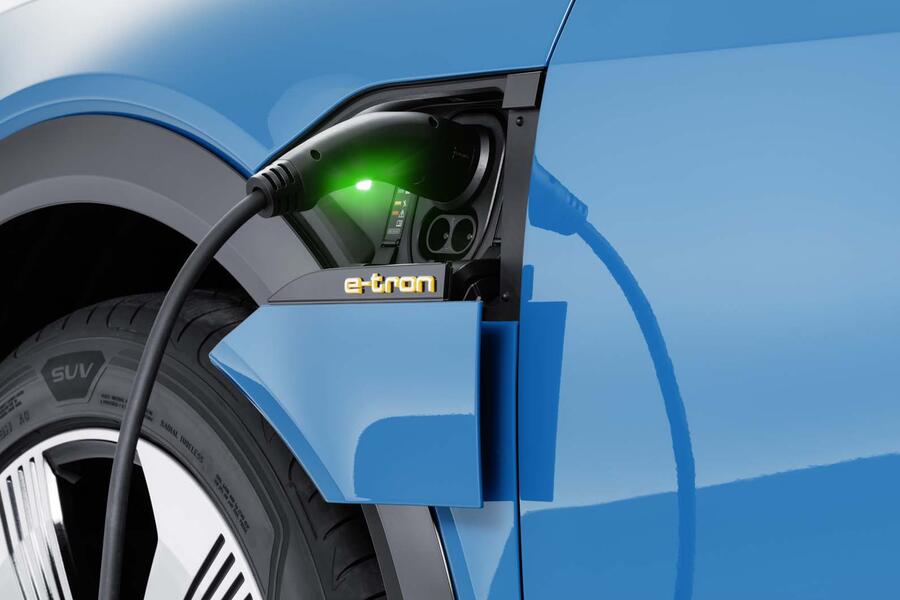
However, don’t forget that the electric charging infrastructure is improving and expanding all the time, while the increased installation of on-street charging means that having a driveway or garage is not as crucial as it once was, so make sure you do your research.
In terms of practicalities (such as whether you and your family will fit in or it will fit in your garage) EVs are now available in all shapes and sizes, from city cars to SUVs and everything in between.
Where can I buy an electric car?
With increasing numbers of EVs on the roads and growing consumer interest, the supply of and demand for second-hand examples has never been greater, which means there's more choice. More importantly, it means that purchasing a used electric car has never been easier, with the opportunity to buy from franchised dealers, EV specialists, independent forecourts and even through a private sale.
For many, the most straightforward route will be through a main dealer using that manufacturer's approved used scheme. You’ll pay a little more for the privilege, but you should have the peace of mind that comes with a factory-backed warranty, the brand’s expertise of its own product and a car that’s been thoroughly checked. You’ll also have access to its finance buying power for a number of different ways to pay, such as personal contract plan or hire purchase.
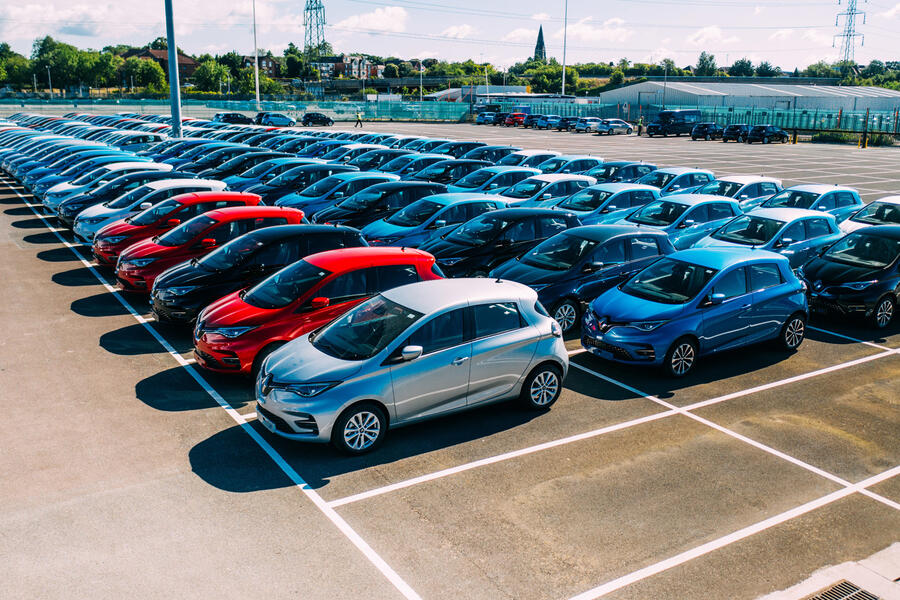
Yet you should also consider an independent specialist EV dealer, such as EV Experts of Go Green Autos. Many have been working around electric cars for years and are early and knowledgeable adopters of the technology. More often than not, these retailers will have a wider range of different makes of models to choose from, plus they will usually offer an aftermarket warranty, often included in the price but sometimes for a bit extra.
In terms of the lowest prices, buying privately is likely to throw up the biggest bargains. Of course it’s not without risk, but unlike traditional ICE models, EVs have fewer moving parts so mechanically there’s less to go wrong. But you’ll still need to do your homework and go in with your eyes wide open, because there will be limited comeback if the worst happens and your new purchase fails. Which brings us onto….
What should I look for when buying an electric car?
Although packed with technology, electric cars are fairly simple devices. There’s usually little more under the skin than a large battery powering a motor that drives a single-speed automatic gearbox. Yet while that means there’s less to go wrong, there are still valuable checks you can make.
For instance, a full service history is vital, because it not only ensures the previous owner has cared for the car, but it also means it should have been treated to the latest software updates and any recall work will have been done.
All electric cars are heavy, so make sure you check the tyres and brakes for wear, as well as listening for any untoward noises from the suspension - early Renault Zoes are more prone to weaknesses here, for instance.
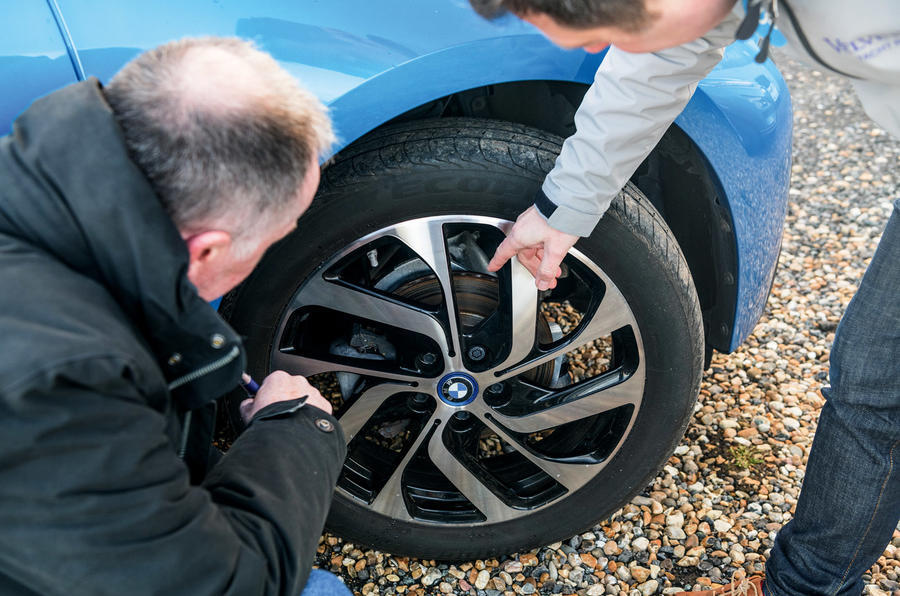
Double-check the car’s battery size too. Usually, the higher the kWh rating the longer the range. Most early EVs have quite a small cell size, so make sure you know what you’re getting, especially if you plan regular long journeys. Also ensure the charging cables are present and correct, because these are expensive to replace and, of course, your new purchase is more or less useless without them.
Speaking of batteries, some EVs were initially available with a battery leasing scheme that allowed owners to buy the car outright but rent the batteries. Popular with Nissan and Renault in particular, it was an offer that soon died out as it became clear cells were more resilient than first thought, plus it also made ownership more complicated. However, it’s important to check with some of these early cars what the status of the battery is, because you don’t want to be stung with unexpected monthly battery bills.
Do I need a home charger for an electric car?
To get the most out of EV ownership, you really need to be able to plug it in at home, which for most will mean access to a driveway or garage. The convenience and cost savings of being able to charge outside your house are numerous, making EV ownership a less stressful and more straightforward option.
For starters, you’ll be able to install a wallbox charger, which delivers electricity and anything between 7kW and 11kw for faster top-up times. Better still, if this is your first electric vehicle, then you may qualify for the government’s OZEV (Office of Zero Emissions Vehicles) grant that covers 75% (up to £350) of the purchase and installation of a charger. That said, the government changed the eligibility criteria from April 2022, excluding many home owners from the grant. However, those renting a property or living in a flat they own should still be able to benefit.
Better still, you’ll pay less to charge at home, where electricity prices are lower, at roughly 17 pence per kWh. This means that for a Tesla Model S with a 60kWh battery, you’ll pay roughly £15.00 for a full charge, which will give you a range of around 200 miles. As a comparison, you’d need an ICE car that was capable of over 130mpg to match the EV’s price per mile.
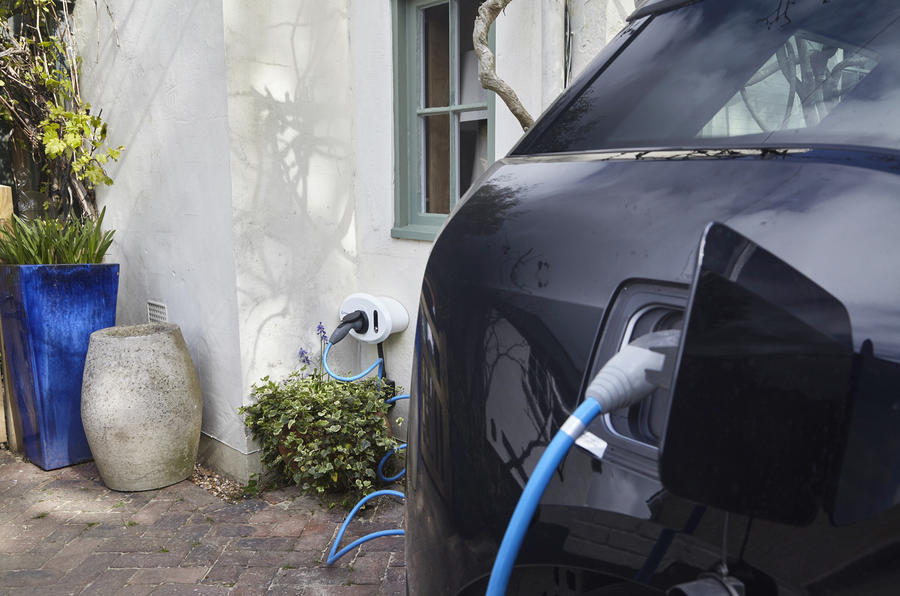
Finally, a neat benefit of hooking up at home is that you can set the car to charge at the cheapest rate, plus it’s usually possible to pre-condition the interior before you leave the house - so cool the cabin on hot days and warm it when it’s chilly outside.
Electric car warranties
Like all cars, EVs are covered by a manufacturer’s warranty from new, which depending on the model is typically three years. However, some firms favour more generous terms for their guarantees with, for example, Honda, Hyundai and Renault offering five years of cover, while Kia delivers seven years. That means many of these will have a chunky balance of their original warranties available to used buyers.
Crucially, on most EVs there is a separate warranty for the battery, which for most manufacturers runs to eight years and 100,000 miles. This cover guards against a decline in the battery’s performance over time, with most guaranteeing the cells if they drop between 70% capacity during the period of cover.
For older vehicles, independent specialists such as the Warrantywise and the RAC are now offering EV-specific extended cover packages, which are tailored specifically to electric vehicles and their high-voltage components.
Electric car reliability
Given their relative mechanical simplicity, you’d expect electric vehicles to be more reliable that their ICE counterparts - and overall you’d be right. Yet that’s not to say these machines are infallible and, like all cars, you can expect the occasional fault.
According to the most recent EV reliability study by our sibling publication What Car?, the Tesla Model 3 is the most dependable model, followed by the Hyundai Kona and BMW i3, with all scoring well over 90%. However, all suffered some sort of issue, usually poor build quality or electrical issues with the infotainment or in-car systems.
You should ensure you study any potential purchase’s service history and check that any recall work has been carried out, but overall most EVs should provide trouble-free motoring, with any financial outlay limited to routine servicing and the replacement of consumable items such as tyres and brakes.
READ MORE
The most affordable second-hand EVs
What happens to EV batteries after they can't be used in cars?
James Ruppert: when it comes to second-hand EVs, buy mainstream

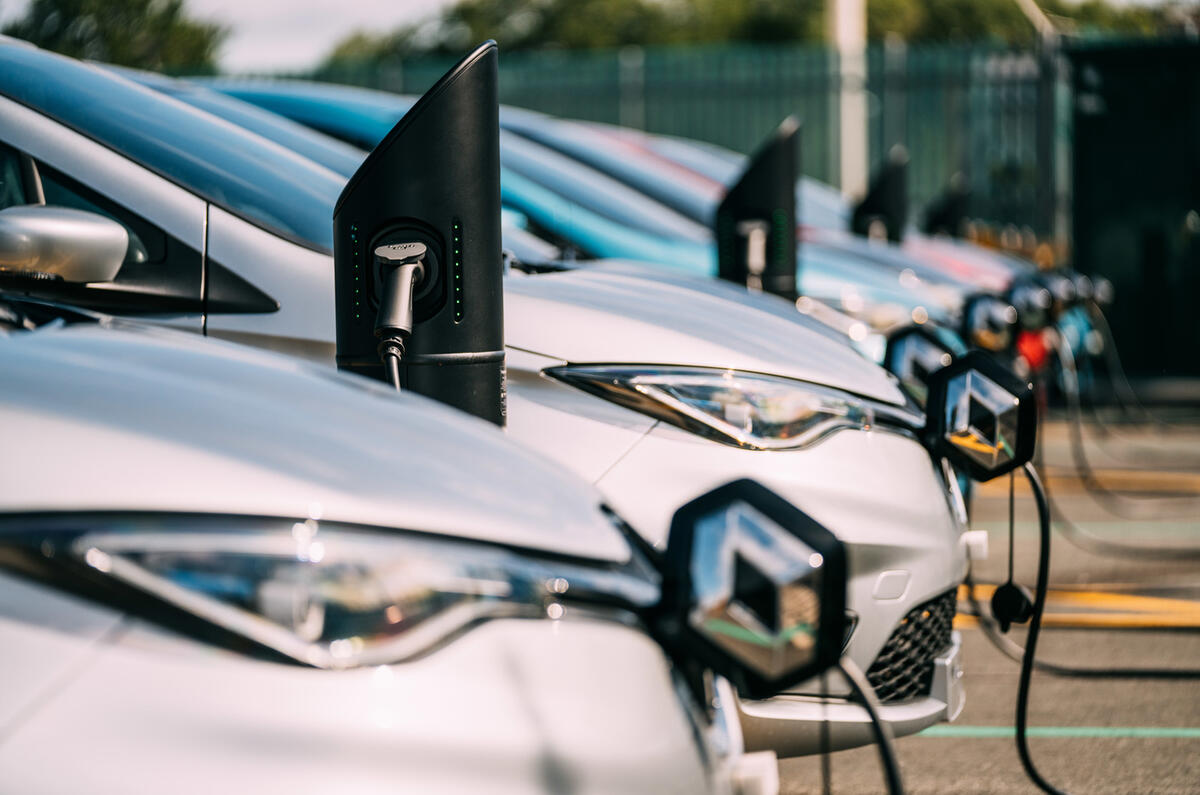
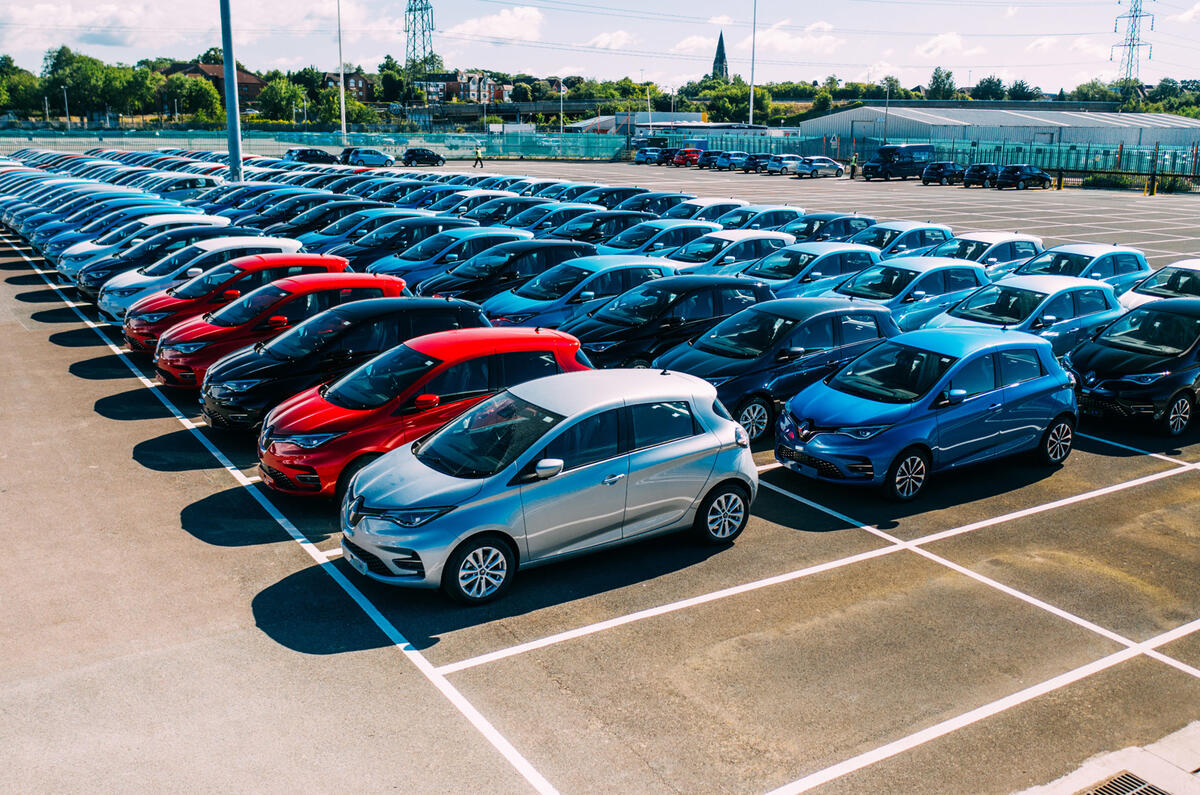
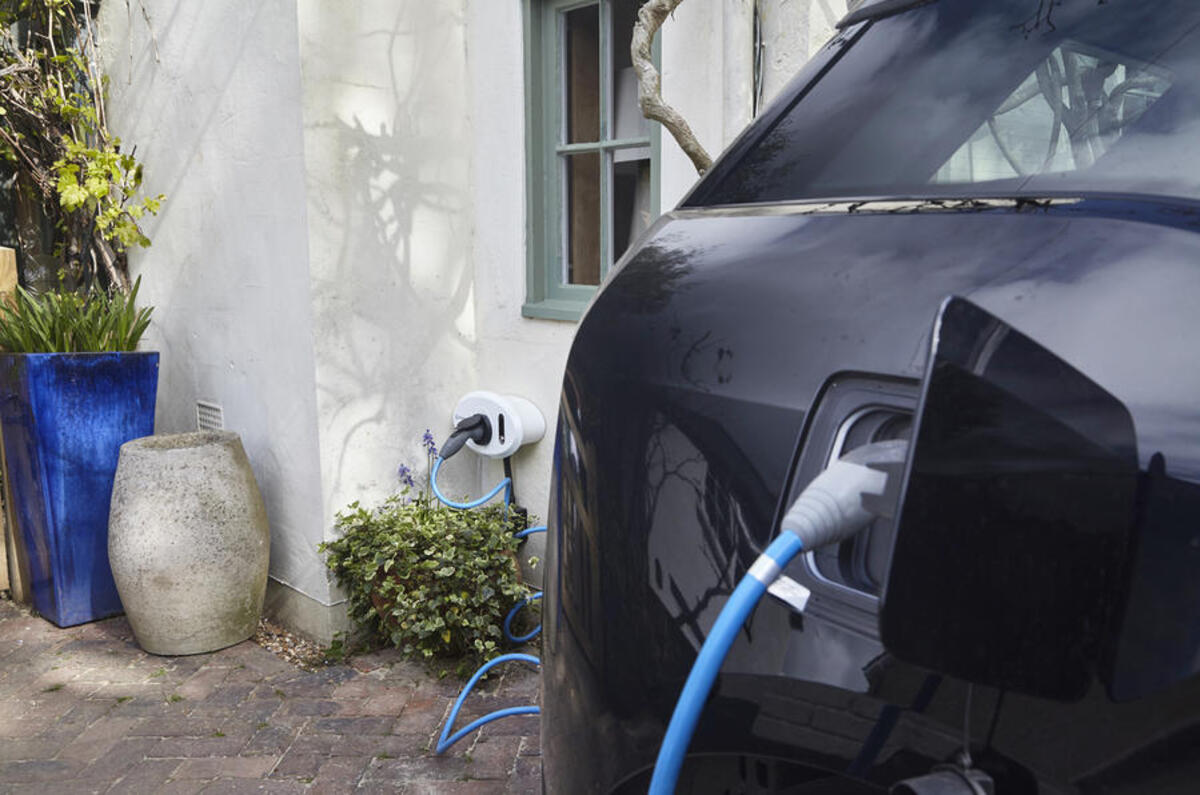
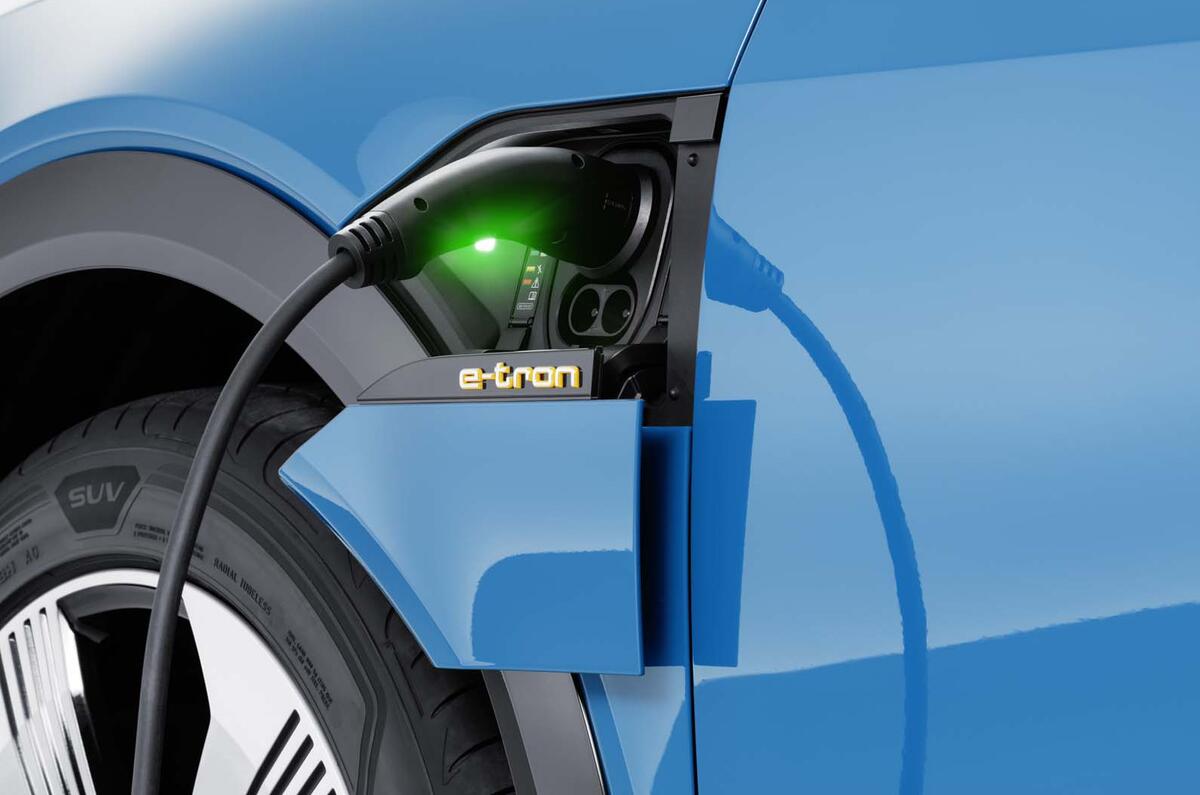

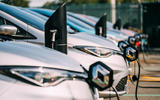

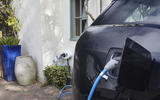
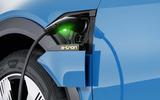





Join the debate
Add your comment
I get paid more than $200 to $400 per hour for working online. I heard about this job 3 months ago and T after joining this I have earned easily $30k from this without having online working skills . Simply give it a shot on the accompanying site…
Here is I started.…………>> www.jobsrevenue.com
@bol Lucky you with your cheap electricity. I don't live on the Mainland therefore electricity is currently at 17p per kW day and night. It is going up to 19p per kW next month and that is with all providers. Although it's still cheaper than filling up a petrol or diesel car. We also have cheaper housing and drinking water is cheaper therefore swings and roundabouts.
@567, if you don't live on the mainland you probably don't do that many miles a year, IF so it won't make a much of a difference whatever the costs of petrol, diesel or electricity.